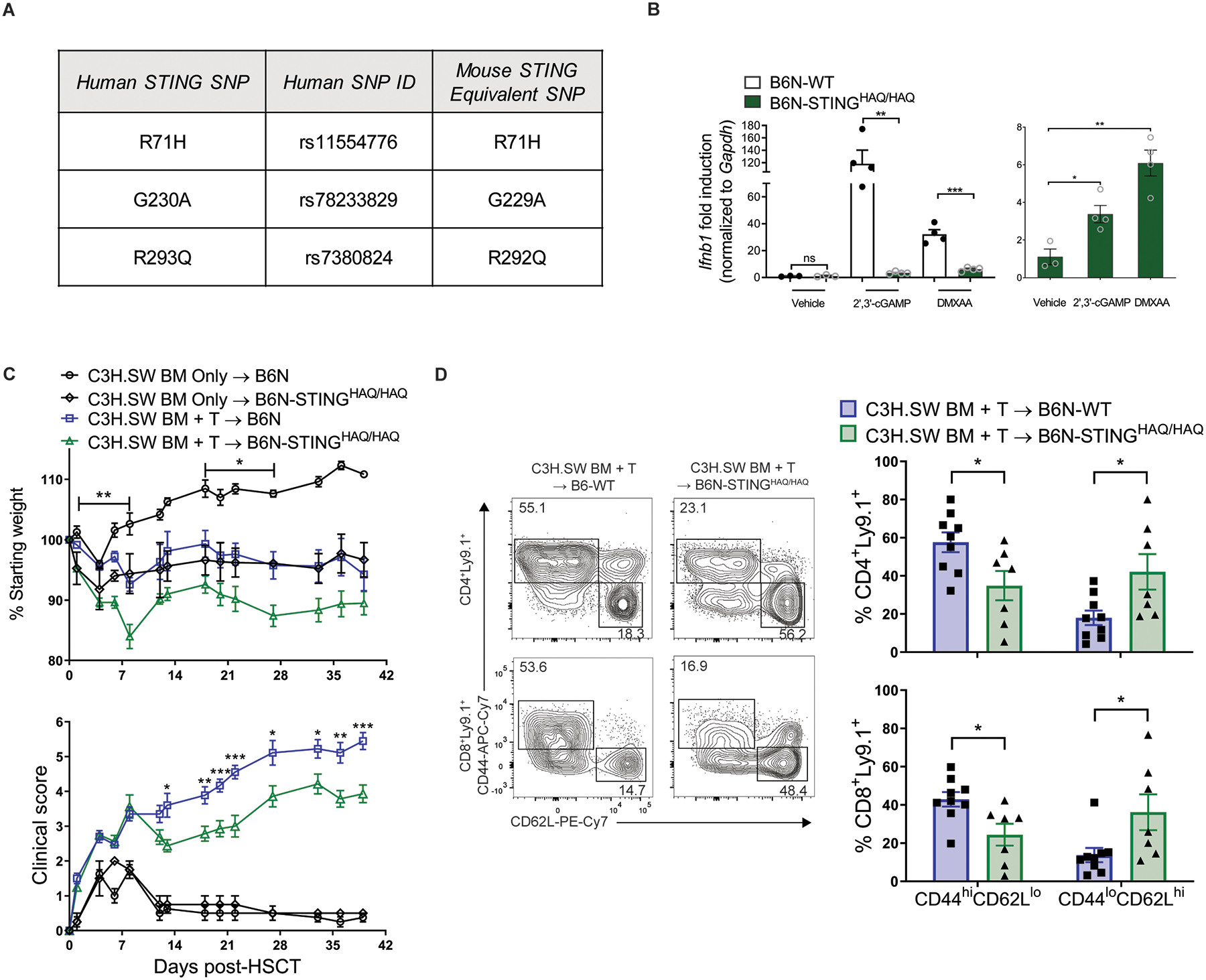Fig. 5. B6N-STINGHAQ/HAQ mice are less responsive to STING ligands and develop reduced GVHD after MHC-matched aHSCT.

(A) Table describing 3 human STING SNPs replicated in mouse STING and knocked into B6N mice to generate the B6N-STINGHAQ/HAQ mice. (B) Fold induction of Ifnb1 mRNA by peritoneal exudate cells isolated from either B6N-WT or B6N-STINGHAQ/HAQ mice after stimulation for 6 hours with vehicle, 2’,3’-cGAMP (6.7μg/mL) or DMXAA (100μg/mL). Graph on right shows the same B6N-STINGHAQ/HAQ data plotted alone. Data from one experiment (n=3 each for WT and STINGHAQ/HAQ + Vehicle, n=4 each for WT and STINGHAQ/HAQ + cGAMP or DMXAA). (C) Weight loss and GVHD clinical score of B6N-WT or B6N-STINGHAQ recipients after transplant with C3H.SW BM and unseparated and pooled splenocytes and peripheral lymph node cells (2×106 CD8+ T cells). Data from one experiment (n=4 for WT BM Only, n=2 for STINGHAQ/HAQ BM Only, n=10 for WT BM+T, n=8 for STINGHAQ/HAQ). (D) Representative flow cytometry plots and frequency of donor T cells expressing an effector memory (CD44hiCD62Llo) or naïve (CD44loCD62Lhi) phenotype in lymph nodes 6 weeks after transplant as in (C). Data from one experiment (n=9 for WT BM+T, n=7 for STINGHAQ/HAQ). GVHD groups compared using two-tailed unpaired t test or one-way ANOVA with Tukey’s multiple comparisons test for multiple groups. * p<0.05, ** p<0.01, *** p<0.001. Data are means ± SEM.
